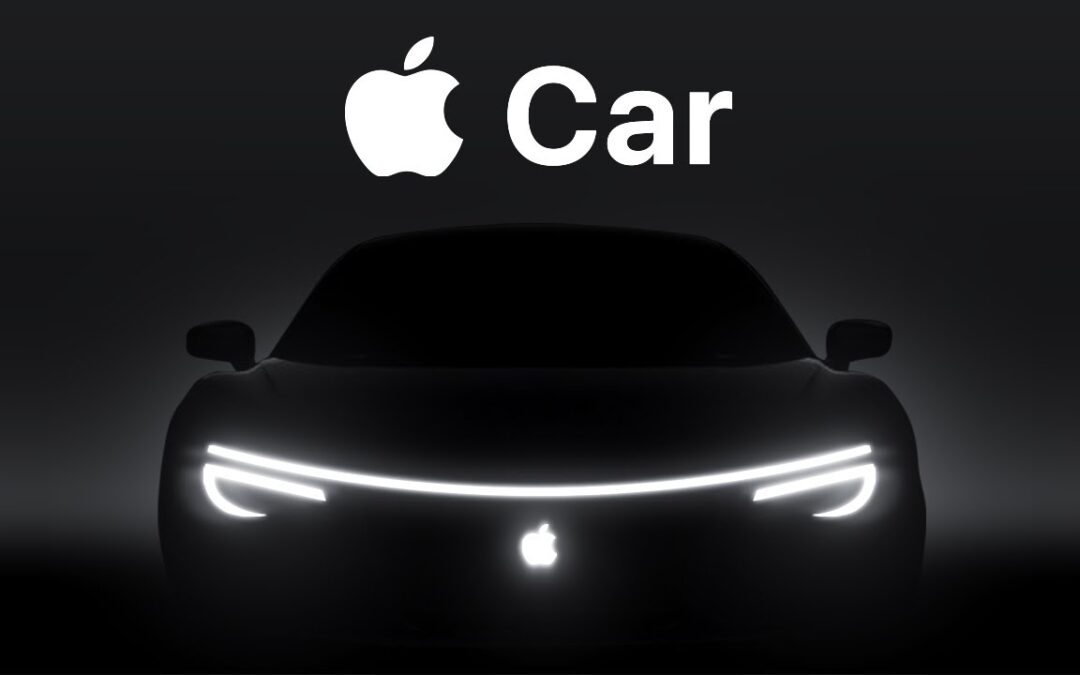In 2014, rumors started to circulate that Apple was developing a self-driving autonomous car to compete with Tesla. At the end of February 2024, rumors circulated that Apple was shutting down “Project Titan,” its car program. According to multiple media outlets, the only logical conclusion from the project’s death is that this decision signals the beginning of the end of Apple.
As much as I enjoy hyperbole and unnecessary drama, the truth is far more mundane.
The decision was just another day in the life of an innovation.
As always, there is a silver lining to this car-shaped cloud: the lessons we can learn from Apple’s efforts.
Lesson 1: Innovation isn’t all rainbows and unicorns
People think innovation is fun. It is. It is also gut-wrenching, frustrating, and infuriating. Doing something new requires taking risks, which is uncomfortable for most people. Even more challenging is that, more often than not, when you take a risk, you “fail.” (if you learned something, you didn’t fail, but that’s another article).
What you can do: Focus on the good stuff – moments of discovery, adventures when experimenting, signs that you’re making life better for others – but don’t forget that you’re defying the odds.
Lesson 2: More does not mean success
It’s been reported that Apple spent over ten billion dollars on Project Titan and that over 2000 people were working on it before it was canceled. With a market cap of over two trillion dollars, a billion dollars a year isn’t even a rounding error. But it’s still an eye-popping number, which makes Apple’s decision to cut its losses downright courageous.
What you can do: Be on guard for the sunk-cost fallacy. It’s easy to believe that you’ll eventually succeed if you keep working and pouring resources into a project. That’s not true, as Apple experienced. And in the rare cases when it is, executives are often left wondering if the success was worth the cost.
Lesson 3: Pivot based on data, not opinions
At least four different executives led Project Titan during its decade in development, and each leader brought their own vision for what the Apple Car should be. First, it was an electric vehicle with driver assistance that would compete with Tesla. Next, it was a self-driving car to compete with Google’s WayMo. Then, plans for fully autonomous driving were canceled. Finally, the team returned to its original target of matching Tesla’s Level 2 automation.
Changes in project objectives, strategies, and execution plans are necessary for innovation, so there’s nothing obviously wrong with these pivots. But the fact that they tended to happen when a new leader was appointed (and that Jony Ive caused an 18-month hiring freeze simply by expressing “displeasure”) makes me question how data-based these pivots actually were
What you can do: Be willing to change but have a high standard for what is required to cause a change. Data, even qualitative and anecdotal data, should be seriously considered. The opinion of a single executive, not so much.
Lesson 4: Dream big, build small
Apple certainly dreamed big with its aspirations to build a fully semi-autonomous vehicle and it poured billions into developing and testing the sensors, batteries, and partnership required to make it a reality. But it was never all-or-nothing in its pursuit of the automotive industry. Apple introduced CarPlay the same year it kicked off Project Titan, and it continues to offer regular updates to the system. Car Key was announced in 2020 and is now offered by BMW, Genesis, Hyundai, and Kia.
What you can do: Take a portfolio approach towards your overall innovation portfolio (Apple kept working on the iPhone, iPad, Apple Watch, and Vision Pro) and within each project. It’s not unusual that a part of the project turns out to be more valuable than the whole project.
Lesson 5: ___________________________
Yes, that is a fill-in-the-blank because I want to hear from you. What lesson are you taking away from Project Titan’s demise, and how will it make you a better innovator?

I think Apple made a smart decision. Sure they spent 10 years and $10B on Titan, but they learned a lot that they can probably monetize in other ways. And they avoided spending $100B or more needed to become a car maker. The field is already littered with failed EV and AV companies, big and small. Pulling the plug on Titan at this stage lends credence to the view that the advanced mobility sector is a place where, money, time and talent may not be enough to succeed.
I completely agree, Clay! Apple had a hypothesis that they could and should enter the car business, AND like all smart innovators, they tested, experimented, and learned until they had enough information to make a decision confidently. When that point came, it was clear that their hypothesis was wrong, so they stopped the project and focused on capturing as much value from their work as possible in terms of learning and components that could become stand-alone products. It’s a great process example for other companies and, since it CAN be done faster and with less spending, they shouldn’t be afraid to follow.
Comment: I think the project was doomed from the start. Maybe they had too much money behind them and team members felt they couldn’t fail.
Lesson: Think big, and don’t let a big dream get in the way of reality.
The big three US automakers set overly ambitious goal to electrify the fleet without considering other factors, like charging infrastructure and consumer wants (range). Toyota did it right, with their hybrid system.
Great lesson, Andrew! It’s so easy to fall in love with our dreams (or solutions) which means it can be terribly difficult to let go of them when reality intervenes. Thanks for sharing!